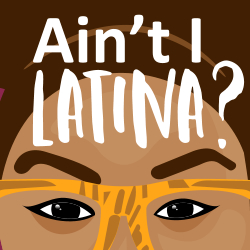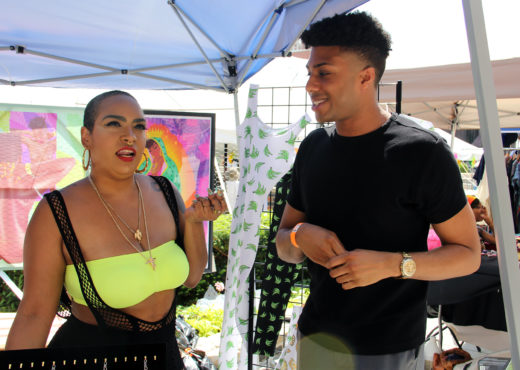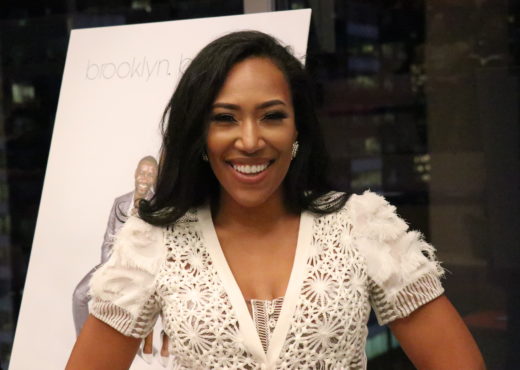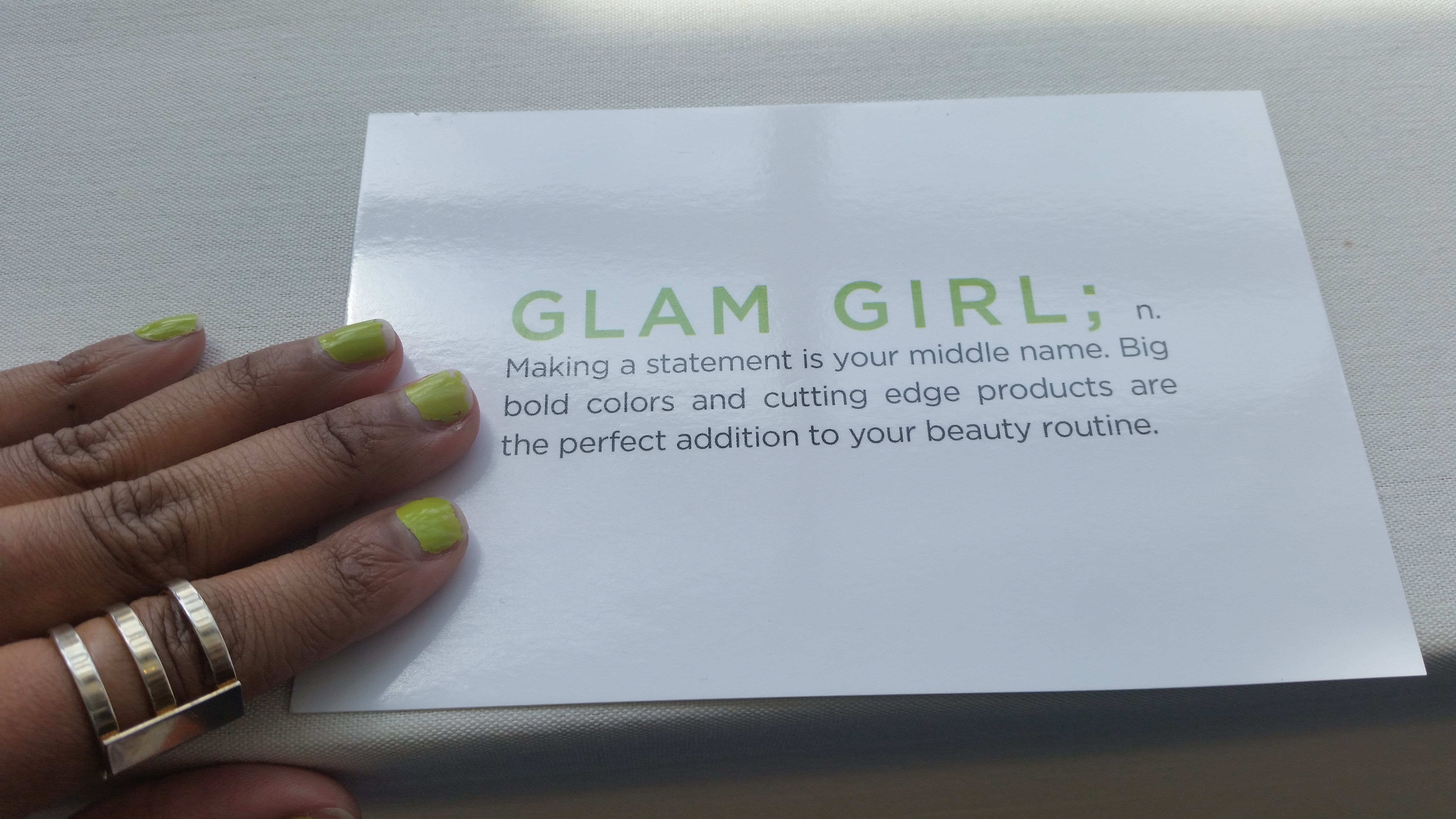I didn’t have the words to describe our heritage, but I always knew it was — we were — different. Thinking back to the first time I recognized the difference, or uniqueness rather, it had to be when I entered elementary school.
It hit me: No one speaks Garifuna.
Ida biña? (How are you?)
Webuga! (Let’s go!)
Belú. (Come in.)
Buiti Binafi. (Good Morning.)
Numada. (My friend.)
Words and phrases I heard my parents speak were unheard of among my friends, classmates and teachers. It didn’t help that they couldn’t understand my identity fully. Black girl, “Spanish” last name, brown skin and kinky hair. Oh, Garifuna? Easy for me and my family to comprehend, but others just couldn’t wrap their heads around it. My identity, an anomaly I suppose.
At home, family traditions — Garifuna traditions — were a large part of our lives. Every Saturday, hudutu (machuca), a coconut-milk-based soup with fish and mashed platanos, was on the menu. Sometimes we opted for chicken soup, or included various types of seafood. Between boiling the platanos, preparing la sopa, allowing the platanos to cool and mashing them, it was an all morning endeavor. But, to this day, I have fond memories of preparing it and, most importantly, enjoying hudutu.
It wasn’t uncommon at regular gatherings to dance and blast punta. Used as a way to communicate our people’s struggles, punta embodies call and response throughout. A clear connection to our African roots.
In Honduras, after my abuela passed, our family traveled from all over to gather to acknowledge her life in a celebration called a beluria. We celebrated day and night through food, punta and drumming, among other things. Her passing and the celebration of her life marked the beginning of my journey to not just fully accepting my Garifuna roots, but wanting to learn more about our history.
As I’ve gotten older, I rely on family accounts, conversations with other Garinagu in the states, and the web to piece together our collective history. While the language, which is part of the Arawakan family, is now being documented, there is no definite orthography (method of spelling). Information isn’t housed in one document, book or location. Garifuna is considered an endangered language with many elders leading the charge on celebrating and keeping traditions. However, I’m seeing more and more Garinagu, who are younger, creating ways to preserve our language and overall culture.
Garinagu origins aren’t crystal clear, but the story has been narrowed down to two possible accounts. The most widely accepted version of the origins of our people is that we descended from West Africans who were transported to South America as slaves but escaped due to a shipwreck off the island of St. Vincent. There we intermarried with a local indigenous Arawak tribe; hence, the Garinagu were born. The other version of the story points to resistance, noting the Garinagu overturned the ship. From there, Garifuna people migrated and settled in Honduras, Guatemala, Nicaragua and Belize. The Garinagu have immigrated to the U.S. The largest Garifuna population outside of Central America resides in New York City, specifically Harlem, South Bronx and the East New York section of Brooklyn. We’re also in Miami, Los Angeles, New Orleans and Houston, among other major cities.
I’m grateful that I’m now able to appreciate the beauty of my culture. I’m also thankful my parents, abuelos and family kept these traditions, the language and all, alive in our household as I intend to do the same with my family. While I know I have so much more to learn, I’m invested in preserving the Garifuna culture and it starts with documenting our stories. Through Ain’t I Latina?, I’ve interviewed several amazing Garifuna women such as Nadia Lopez, Sulma Arzu-Brown, Jenina Nuñez, Evelyn Alvarez and Elsa Arauz.
The way I grew up — acknowledging, denying, then embracing and loving my identity — set the foundation for the work I do today. So, I’m thankful for it.
Gundatina Garifuna, na!




